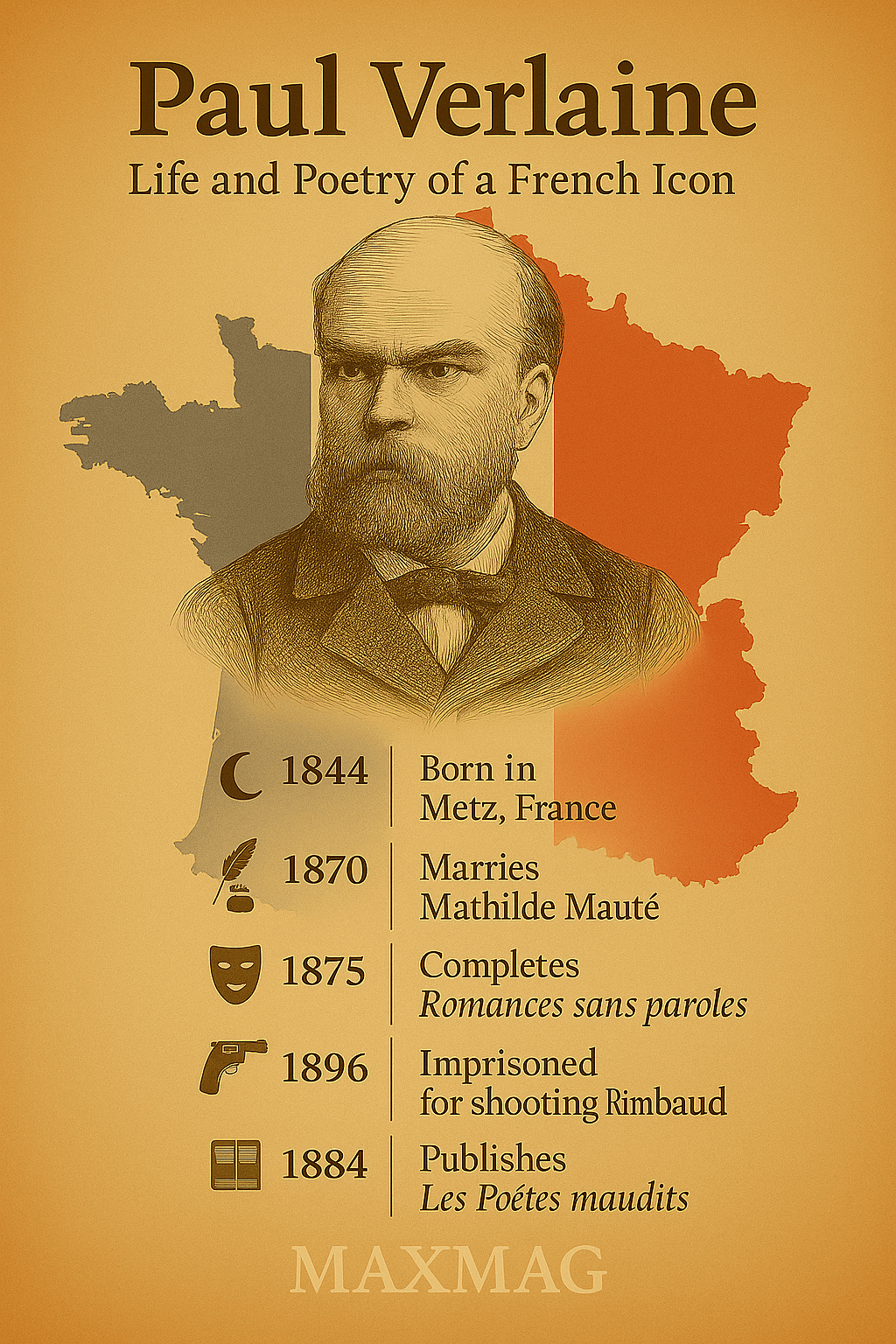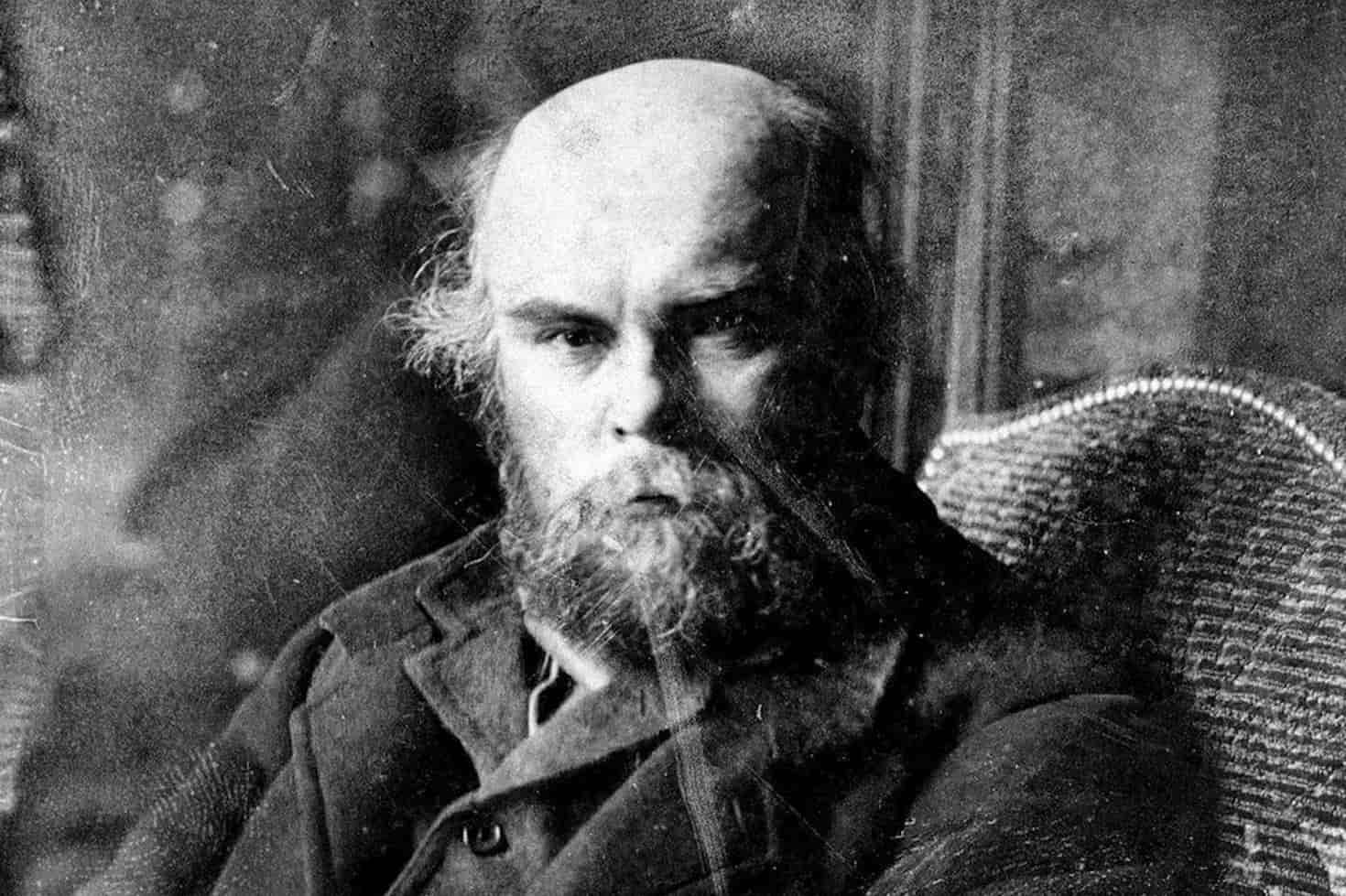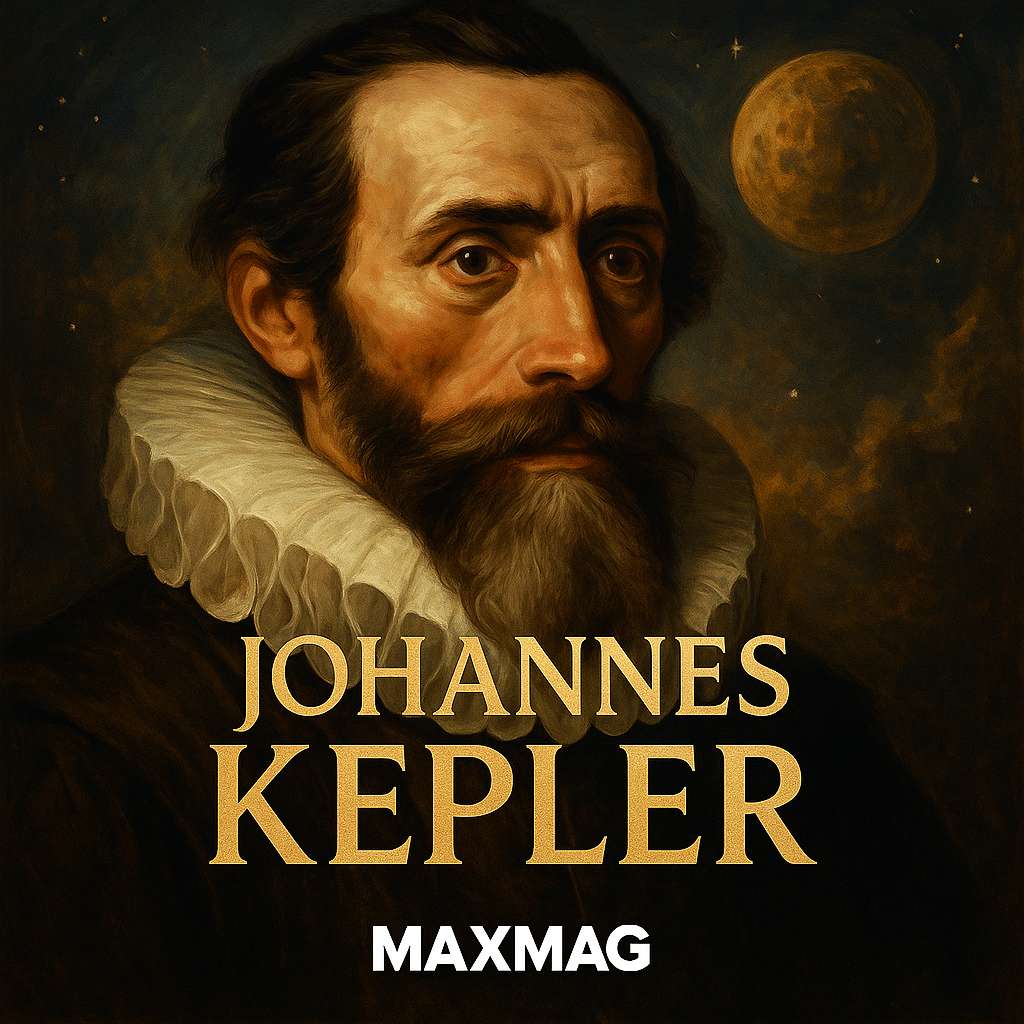
Paul Verlaine Biography: Life and Poetry of a French Icon
Paul Verlaine’s life was as poetic and turbulent as the verses he wrote. This Paul Verlaine biography explores the rise, fall, and legacy of one of France’s most influential literary figures. His poetry revolutionized French verse with its emotional resonance and lyrical innovation, making him a pillar of the Symbolist movement and a literary icon well beyond his native country.
Early Life and Education of Paul Verlaine
Paul Verlaine was born on March 30, 1844, in Metz, France, the only child of a French Army captain and a devoted mother. After his father’s death, the family moved to Paris, where Verlaine was enrolled at the Lycée Bonaparte. There, he began immersing himself in literature, reading the works of Victor Hugo and Charles Baudelaire, whose influence would later shape his poetic tone.
Though he began working as a civil servant, Verlaine’s true passion remained poetry. His literary debut came in 1866 with the publication of Poèmes saturniens, a collection full of melancholic verse and nuanced symbolism. This book signaled the birth of a new poetic voice in France.
For context on Baudelaire’s influence on Verlaine and the Symbolists, see the British Library’s analysis of the movement.
Paul Verlaine and the Symbolist Movement
While Verlaine began his literary career alongside the Parnassians, he quickly distanced himself from their rigid formalism. Instead, he sought music in poetry—a fluid rhythm, a gentler cadence, something closer to melody than meter. This shift placed him at the forefront of Symbolism, a movement that rejected realism in favor of emotion, mysticism, and musicality.
His work, including Fêtes galantes (1869) and Romances sans paroles (1874), exemplified this ideal, turning internal chaos into lyrical beauty. Verlaine once famously advised poets to: “Take eloquence and wring its neck!”—a rallying cry for the Symbolist generation.
Want to learn more about Verlaine’s poetic philosophy? Check out this deep dive into Symbolist poetry on Poets.org.
The Infamous Love Affair: Verlaine and Rimbaud
In 1871, Verlaine’s life changed forever when he received poems from a teenage prodigy named Arthur Rimbaud. He invited Rimbaud to stay with him and his wife, Mathilde Mauté, but what followed was a scandalous, passionate, and violent relationship.
Leaving his wife and child behind, Verlaine wandered across Belgium and England with Rimbaud in a haze of alcohol and poetry. The affair culminated in 1873, when Verlaine, in a drunken rage, shot Rimbaud in the wrist. He was arrested and sentenced to two years in prison.
For more on this infamous literary duo, read this biographical account from the Academy of American Poets.

Paul Verlaine’s Conversion and Poetic Rebirth
During his incarceration in Mons Prison, Verlaine underwent a profound transformation. He converted to Catholicism and embraced a period of reflection and spiritual yearning. His poetic voice softened, focusing on themes of faith, forgiveness, and inner redemption.
This phase gave birth to Sagesse (1881), a collection often regarded as his most introspective and mature. It marked a pivot from sensual to spiritual, while retaining the musicality that defined his work.
Later Years and Tragic Decline
Though he was hailed by many as the “Prince of Poets” in 1894, Verlaine’s final years were marred by poverty, illness, and alcoholism. He lived in Parisian slums, often selling poems for food or drink, and frequented hospitals and shelters.
Despite these hardships, Verlaine never stopped writing. Works like Parallèlement (1889) and Liturgies intimes (1892) show a man still deeply in love with the written word, even as his world crumbled around him.
He died on January 8, 1896, at the age of 51, and was buried in the Cimetière des Batignolles in Paris.
Legacy of Paul Verlaine
Verlaine’s influence extended beyond literature. His verses were set to music by Gabriel Fauré and Claude Debussy, bridging the worlds of poetry and classical composition. His commitment to beauty, ambiguity, and sound shaped generations of poets, from the French Symbolists to modern American lyricists.
He remains a literary bridge between romanticism and modernism, between passion and precision. His poetry, like his life, is filled with contradiction—painful, beautiful, and utterly unforgettable.
For a modern reflection on Verlaine’s musical influence, explore this feature from the University of Minnesota.
FAQ – Paul Verlaine Biography
Q: Who was Paul Verlaine?
A: Paul Verlaine was a 19th-century French poet known for his emotional, lyrical verse and his role in the Symbolist movement.
Q: What is Paul Verlaine best known for?
A: He is best known for collections like Poèmes saturniens, Romances sans paroles, and Sagesse, as well as his tumultuous relationship with Arthur Rimbaud.
Q: Why did Verlaine go to prison?
A: Verlaine was imprisoned for shooting Arthur Rimbaud during a heated argument in Brussels in 1873.
Q: How did Verlaine influence literature and music?
A: His poetry emphasized musicality and symbolism, influencing composers like Debussy and shaping the Symbolist literary movement.
Q: What is Paul Verlaine’s legacy today?
A: He’s considered one of France’s greatest poets, studied for his stylistic innovation and his raw, human vulnerability.




